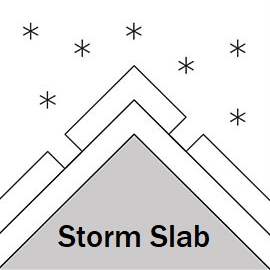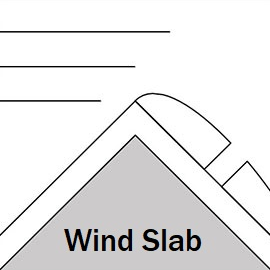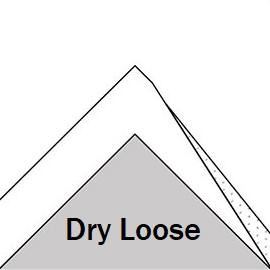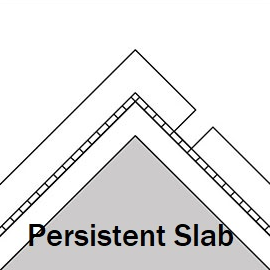Gudauri
Natural avalanches are likely, human-triggered avalanches are very likely. Large avalanches in many areas, or large avalanches in specific areas.
High danger at upper elevations with a large amount of new snow and wind. Today is not the day to venture into avalanche terrain.
Forecast issued at: 6 February 2024 09:00
Forecast valid until: 7 February 2024 09:00
Forecaster: Manu Greer
High Alpine
> 2600m
4 High
Very dangerous avalanche conditions. Travel in avalanche terrain not recommended.
Alpine
2000m - 2600m
3 Considerable
Dangerous avalanche conditions. Careful snowpack evaluation, cautious route-finding and conservative decision-making essential.
Sub Alpine
< 2000m
3 Considerable
Dangerous avalanche conditions. Careful snowpack evaluation, cautious route-finding and conservative decision-making essential.
Avalanche Problems
Storm Slab

With 30cm of new snow overnight and more forecast throughout the day, soft slabs could be unstable on steep slopes on all aspects except West-facing high alpine slopes. The snow will need 24 hours to stabilise after the end of the storm.
| Sensitivity | The specific avalanche problem type is highly reactive to human rider triggers. |
| Distribution | Many locations. Evidence for instabilities is frequently found, in many locations. |
| Time of Day | All day |
| Trend | Deteriorating |
| Confidence | Moderate |
Wind Slab

Wind slabs will be forming especially in the high alpine near ridges. There are already previous windslabs in these areas that could still be reactive.
| Sensitivity | The specific avalanche problem type is highly reactive to human rider triggers. |
| Distribution | Specific areas, with common characteristics. Evidence for instabilities exists, but it is not obvious and finding it requires careful observations. |
| Time of Day | All day |
| Trend | Deteriorating |
| Confidence | Moderate |
Loose Dry

Loose new snow can be triggered by skiers on steep terrain.
| Sensitivity | The specific avalanche problem type is reactive to human rider triggers. Easy to trigger with ski cut. |
| Distribution | Specific areas, with common characteristics. Evidence for instabilities exists, but it is not obvious and finding it requires careful observations. |
| Time of Day | All day |
| Trend | Improving |
| Confidence | Moderate |
Persistent Slab

Weak snow has been seen in the region, around buried crusts and in areas with shallow snow depth. If these weak layers have enough dense snow above them, destructive avalanches could be triggered. The problem is worse in the north of the region where the snow is shallower.
| Sensitivity | The specific avalanche problem type is difficult to trigger with a human rider. |
| Distribution | Specific areas, with common characteristics. Evidence for instabilities exists, but it is not obvious and finding it requires careful observations. |
| Time of Day | All day |
| Trend | Deteriorating |
| Confidence | Moderate |
Recent Avalanches and Snowpack
Recent avalanche activity:
4 February - size 1 wind slab near Sioni valley, 2000m, N aspect - failed on weak snow near the ground. 31 Jan (suspected, exact date unknown): Size 1 windslabs on S aspects, 3200 m and 2900 m, little and big Sadzele.
Glide slabs continue to be active on multiple aspects below about 2600m, some up to size 2.
Snowpack: Recent W and SW winds have created new wind slabs. Melt-freeze crusts can be found at lower elevations and sunny aspects, and there can be weak snow layers around these crusts. In the south of the forecast area underlying snowpack is generally stable, especially at lower elevations (below 2000m). In northern areas (North of Kobi valley), the snowpack is thinner and critical weaknesses around crusts, and at the ground, have been found. Watch out for weak (faceted) snow in areas where the snow is shallow, and crust/facet layers. Check out recent snow profiles (or add your own!) at snowpilot.org
Weather
Recent weather: 30cm of snow fell overnight with little wind at lower elevations but stronger W winds expected higher up. Cool air temperatures have continued. Strong W winds moved snow early on Sunday.
Forecast: Snow easing to showers on Tuesday, strong W winds at higher elevations. Freezing level 1600m.
Disclaimer
Our avalanche forecasters are internationally qualified and experienced professionals, and data is provided by skilled observers. We encourage you to make your own observations and decisions, without relying solely on our forecast, since any forecast is a generalised 'best guess', and in certain cases it might be inaccurate. We can not be held liable for any actions you take in the backcountry that may result in injury, loss or death.